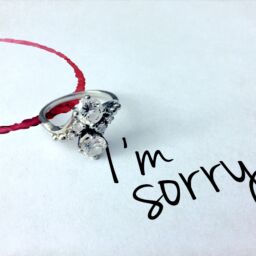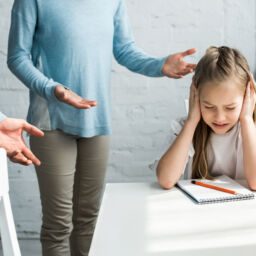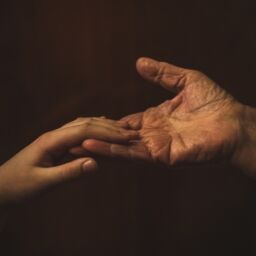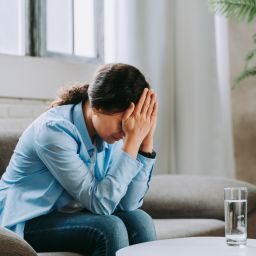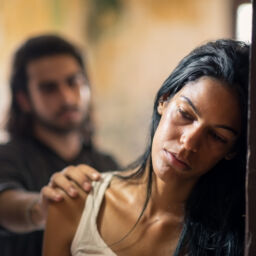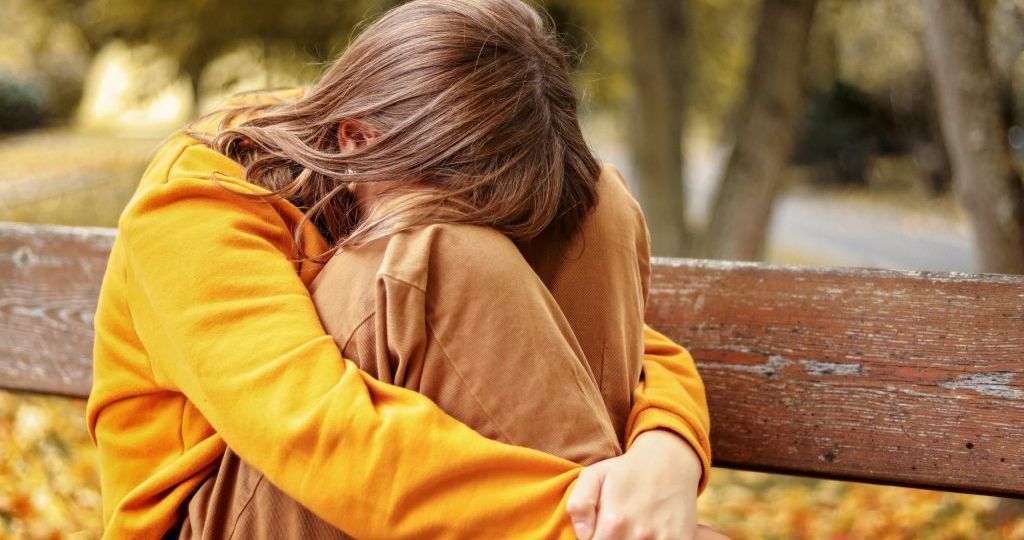
Understanding Mental Illnesses in Adolescence
by- Jordan McGlamry
Many mental illnesses begin to form as early as the age of four and continue to impact various areas of life. This includes the development of personal relationships, physical health, performance in school, and eventually the individual’s ability to find and maintain a job. By diagnosing these illnesses at a young age and teaching coping mechanisms early, we can raise successful adults who are able to manage major changes in their lives. Children don’t even have to have mental illness or trauma to learn how to cope, as this is a skill everyone can benefit from. By teaching coping mechanisms early, we can prepare generations for potential tragedy.
The U.S. Department of Health and Human Services has estimated “as many as one in five children and adolescents may have a mental health disorder” (HHS, 2022). According to a study by Kösters et al., “anxiety and, to a lesser extent, depression are common mental health problems in elementary school-aged children” (Kösters et al., 2015). This can impact many aspects of their lives and development, as “mental health includes our emotional, psychological, and social well-being. It affects how we think, feel, and act” (ACF, 2022). Mental health can help determine how we handle stress, relate to others, and make choices (ACF, 2022).
A study conducted by Bulanda et al. in 2014 focused on the stigma of mental illness and how it prevents adolescents from seeking help, which leads to isolation and rejection from those around them. This stigma is interesting because at least 20% of youths suffer from a mental disorder, and 5%-9% are identified as having emotional disturbances (Bulanda et al., 2014). Obviously, there is a problem, and yet it goes untreated. These stereotypes might cause people to view those with mental illness as weak or dangerous, and overall, this allows for society to have a prejudice against them and make decisions based on that bias. This stigma might then cause patients to refuse treatment to avoid those negative feelings towards them and eventually spiral into a worse mental state.
In recent years, plenty of mental health programs have focused on empowering youth. These programs have emphasized youth being in charge of their own recovery and helping each other cope with their mental health issues. It doesn’t seem to have taken much to change the ideas of powerlessness within the stigma. What people seem to continually ignore is the pressures of stress and what it can do to someone’s mental health. Bulanda et al.’s 2014 study focused on at-risk middle school students involved in after-school programs, which can be a fairly stressful time in their lives. The study found that just a little knowledge about the importance of mental health and the harm caused by stigma led to better awareness and growth among those students. The discussion also suggests that future studies could show whether it’s better to learn this awareness from peers or adults. Many adolescents learn more about mental health through their friends while exploring their personalities than through teachers. How did you find out about coping mechanisms and overall mental health? What has your experience navigating mental health throughout the years, and was there anything that impacted you most?
The most impactful change research can have is to break the stigma of mental illnesses and show that children are not too young to show symptoms. If there is enough data to show that mental health researchers understand this topic and psychology has a multitude of research about the topic, the public may then accept the findings and allow for a period of growth. Then, there could be more support to prove teaching coping skills is the way to move forward. Children who are given positive reinforcement after sharing their feelings and who are exposed to influences that teach them how to cope are more likely to grow into self-aware adults. This will likely lead to being able to calm themselves down during a crisis or even help those around them follow the same steps to learn to cope and grow as well.
We at ARO are here to support you in your personal healing journey to complete well-being. We bring awareness and education to 13 different types of abuse including Narcissistic, Sexual, Physical, Psychological, Financial, Child, Self, Cyberbullying, Bullying, Spousal, Elderly, Isolation, and Workplace, and help others heal and find peace. Please support our efforts by going to GoARO.org to learn how you can make an impact on the Abuse Care Community.
References
ACF (Administration for Children & Families). (2022, June 15). Mental Health and Wellness Resources. U.S. Department of Health & Human Services. https://www.acf.hhs.gov/toolkit/mental-health-and-wellness-resources
Bulanda, J. J., Bruhn, C., Byro-Johnson, T., & Zentmyer, M. (2014). Addressing mental health stigma among young adolescents: Evaluation of a youth-led approach.
Health & Social Work, 39(2), 73-80. https://doi.org/10.1093/hsw/hlu008
HHS (U.S. Department of Health & Human Services). (2022, February 28). Mental health myths and facts. MentalHealth.gov. https://www.mentalhealth.gov/basics/mental-health-myths-facts
Kösters, M. P., Chinapaw, M. J., Zwaanswijk, M., van der Wal, M. F., & Koot, H. M. (2015). Indicated prevention of childhood anxiety and depression: Results from a practice-based study up to 12 months after intervention. American Journal of Public Health, 105(10), 2005-2013.






